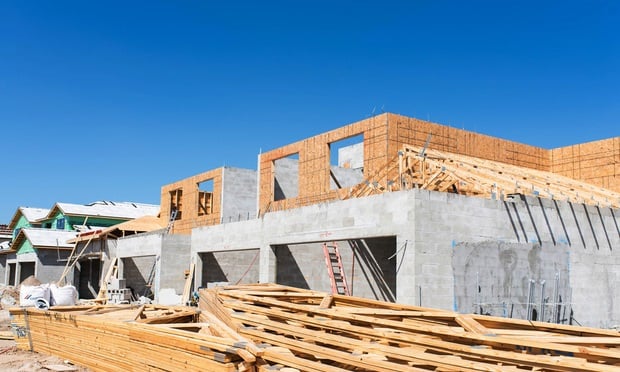The average vacancy level of 10.5% is up 0.74% from last quarter and 1.8% in third quarter 2001. The market's softest numbers are in net absorption--a negative 528,704 sf in the third quarter versus a negative 23,462 sf in the second period. Absorption from fourth quarter 2001 to date is at a negative 295,353 sf.
"The downsizing and vacating of financially weak local and regional firms unable to survive depressed economic conditions is one factor contributing to the decline," ColliersArnold research analyst says in his report.
But he tells GlobeSt.com leasing activity is expected to rally by year end or first quarter 2003 when several big deals may close. "These deals are a sign that some businesses see positive future prospects," Palta says.
Sublease space, however, is showing little improvement as companies shut down, move or reduce operations and staff. Sublease space is up 1.1% to 1.5 million sf from 1.12 million sf in the second quarter and 939,583 sf in third quarter 2001.
"This is attributable to the slow recovery of the tourism and convention services sector, as well as the decline of third-party warehousing," Palta says.
Central Florida is "more of a warehousing and distribution market, driven primarily by retail versus manufacturing, which should help the industrial market" in the long run, the ColliersArnold analyst says. Orlando's 47-million-sf retail market remains vibrant with national retailers and warehousers continuing to scout the area for prime development sites.
But a consolidation trend in the warehousing and distribution industry is also affecting Orlando's inventory, Palta says."The national trend towards consolidation of distribution centers to a smaller number of larger facilities has contributed to the closure of some facilities in the market and increased vacancies," he says.
Average quoted rents are $6.16 per sf for industrial and flex space. "The spread between the asking rental rate and the deal rate is still quite significant," Palta says. "Actual deal rates are down approximately 10% across all property types." He says lease terms of three years are "now as common as five-year terms, previously standard in the market."
New development is almost at a standstill. Only 264,200 sf is under construction with projects in southeast Orange and Seminole counties. New permitted developments for the market total 64,667 sf for Orange County; 56,500 sf for Seminole County; and 32,100 sf for Osceola county.
On the horizon are continued concessions from property owners in an effort to reduce vacancies and increase cash flow. "Expect landlords to continue to entice tenants with rent reductions, increased tenant improvement allowances and some free rent," Palta tells GlobeSt.com.
Want to continue reading?
Become a Free ALM Digital Reader.
Once you are an ALM Digital Member, you’ll receive:
- Breaking commercial real estate news and analysis, on-site and via our newsletters and custom alerts
- Educational webcasts, white papers, and ebooks from industry thought leaders
- Critical coverage of the property casualty insurance and financial advisory markets on our other ALM sites, PropertyCasualty360 and ThinkAdvisor
Already have an account? Sign In Now
*May exclude premium content© 2025 ALM Global, LLC, All Rights Reserved. Request academic re-use from www.copyright.com. All other uses, submit a request to [email protected]. For more information visit Asset & Logo Licensing.








